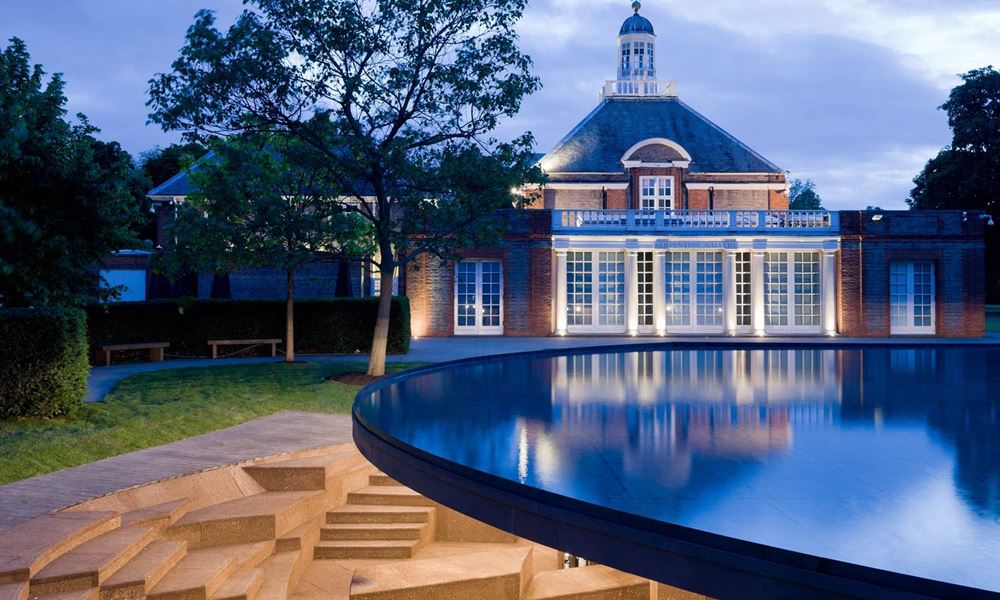Main Goal
In the 2012 Serpentine Pavilion, Herzog & de Meuron and Ai Weiwei took an archaeological approach and designed a pavilion that inspires visitors to look beneath the surface, at its structure. They elected cork because of its acoustic properties and sensory characteristics (especially those linked to touch and smell).
The authors of the project intended to invite the public to take a step back in time, through the legacy of the eleven previous editions of this Serpentine Gallery initiative.The eleven pillars representing each preceding pavilion were joined by another representing the current structure (that supports a floating platform) at a height above the ground of only 1.5 meters (about 5 feet).
This site operates as a cultural space open to the public, which hosts multiple initiatives. It is also a space that invites conviviality and a break to socialize, offering comfort and a good environment.
